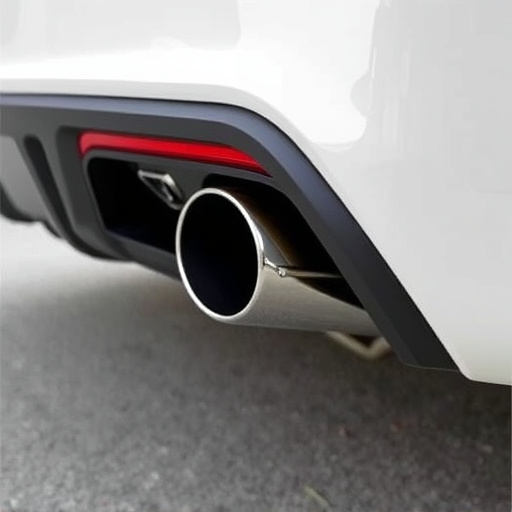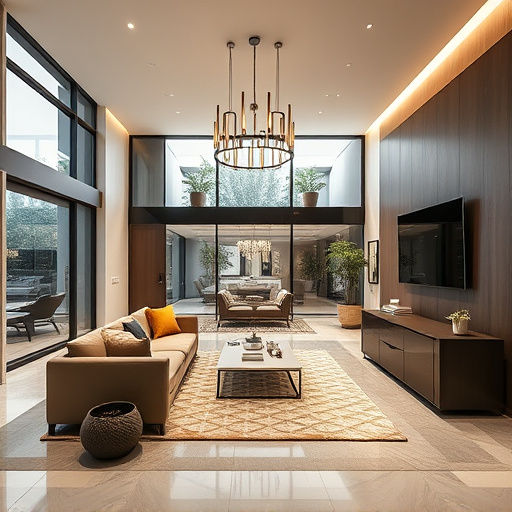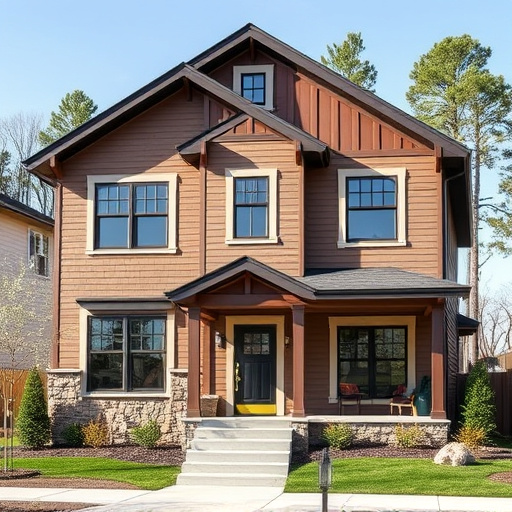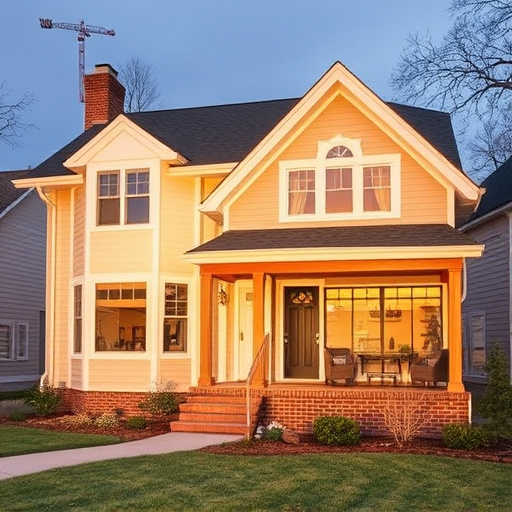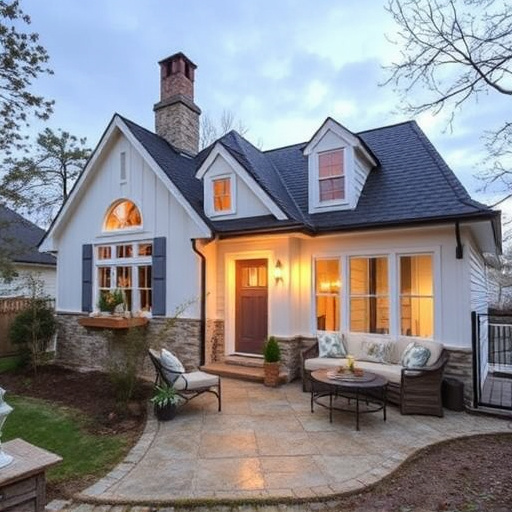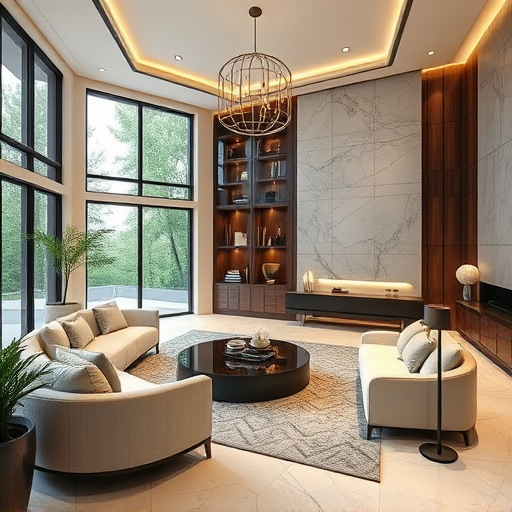Accessibility in bathroom design involves assessing space, understanding specific needs (e.g., wider doorways, lower fixtures), and incorporating universal design principles like ample clear floor space, grab bars, easy-to-use fixtures, low-threshold showers, texture treatments, adequate lighting, safety bars, and wide doors. Custom renovations should include features like raised toilet seats and braille signage to cater to all users, creating a safe, comfortable space for everyone.
Designing an accessible bathroom is crucial for ensuring comfort and independence for all users. This comprehensive guide explores how to create a functional and inclusive space, catering to various needs. We’ll cover evaluating your bathroom’s layout, incorporating universal design principles, and selecting products that enhance ease of use and safety. By following these steps, you can transform your bathroom into a safe haven for everyone, regardless of ability.
- Evaluating Space and Accessibility Requirements
- Incorporating Universal Design Principles
- Choosing Products for Ease of Use and Safety
Evaluating Space and Accessibility Requirements
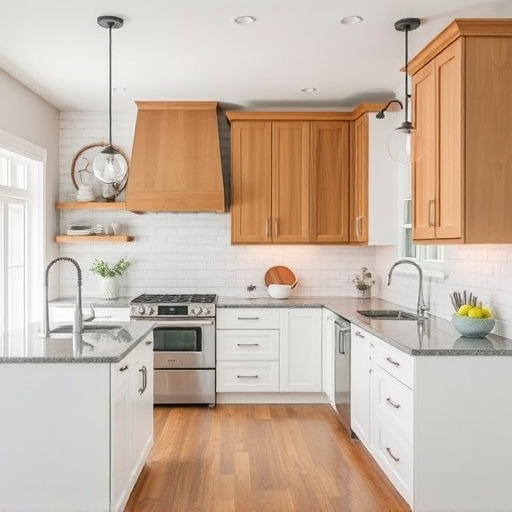
When designing a bathroom for accessibility needs, evaluating space and understanding specific requirements are paramount. It’s crucial to assess the available area and determine how it can be best utilized to accommodate various disabilities. For instance, wider doorways and corridors may be necessary for wheelchairs, while lower fixtures and grab bars are essential for those with mobility issues or balance problems. This involves careful planning to ensure a functional layout that respects the needs of all users without compromising aesthetics.
In addition, considering sensory impairments and age-related changes is vital. Features like non-slip flooring, raised toilet seats, and braille signage can significantly enhance accessibility. Customized home renovations should prioritize these aspects, transforming your bathroom into a safe and comfortable space for everyone, much like a carefully executed kitchen remodel tailored to specific needs. This approach ensures that the final design not only meets but exceeds accessibility standards.
Incorporating Universal Design Principles
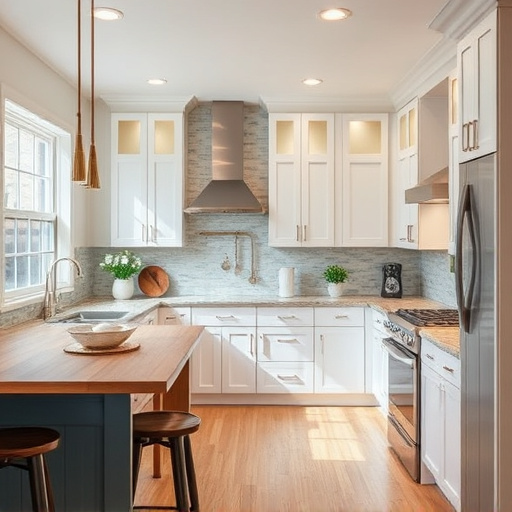
Incorporating universal design principles is an integral part of creating a bathroom that caters to accessibility needs for all users. These guidelines aim to eliminate barriers and ensure everyone, regardless of age or ability, can navigate and use the space comfortably and safely. Key aspects include providing ample clear floor space for wheelchairs, installing grab bars in strategic locations, and selecting fixtures and fittings that are easy to operate with limited dexterity.
When designing a bathroom for accessibility, consider the entire user journey—from entry to exit. This involves thoughtful planning of door sizes, smooth transitions between floors, and well-lit paths. Incorporating these universal design elements not only enhances accessibility but also contributes to a more inclusive and inviting residential renovation space, ensuring that everyone can enjoy the comfort and functionality of their kitchen and bath areas.
Choosing Products for Ease of Use and Safety
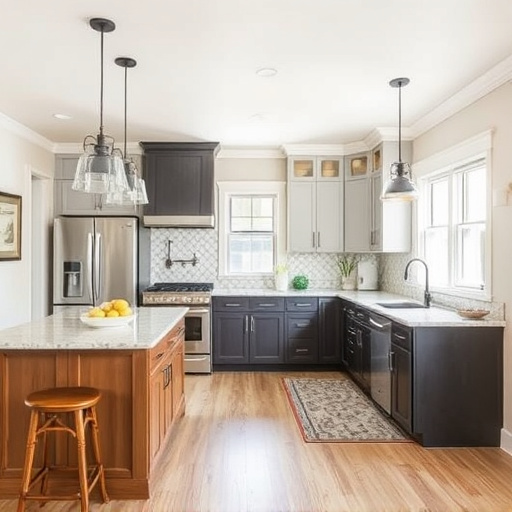
When designing a bathroom for accessibility needs, selecting the right products is key to ensuring ease of use and safety. Opt for fixtures and fittings that are designed with universal design principles in mind, catering to a wide range of users including those with limited mobility or visual impairments. For instance, choose low-threshold showers or walk-in tubs instead of traditional bathtubs, making it easier to enter and exit without assistance.
In terms of interior painting and home additions, consider textures and patterns that provide traction on wet floors for better stability, and install adequate lighting solutions like motion sensors or LED lights with dimmer switches. Additionally, incorporate safety bars in the shower or bathtub areas and ensure all doors are wide enough for wheelchairs to pass through as part of your home renovation plans. These thoughtful choices will make your bathroom design more inclusive and user-friendly.
When designing a bathroom for accessibility needs, it’s crucial to evaluate space, incorporate universal design principles, and choose products that enhance ease of use and safety. By implementing these key strategies, you can create a functional and inclusive bathroom that caters to diverse users. Remember, an accessible bathroom design is not just about compliance; it’s about fostering independence and improving the overall user experience for everyone.



